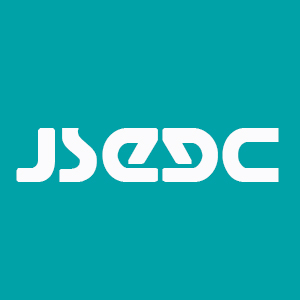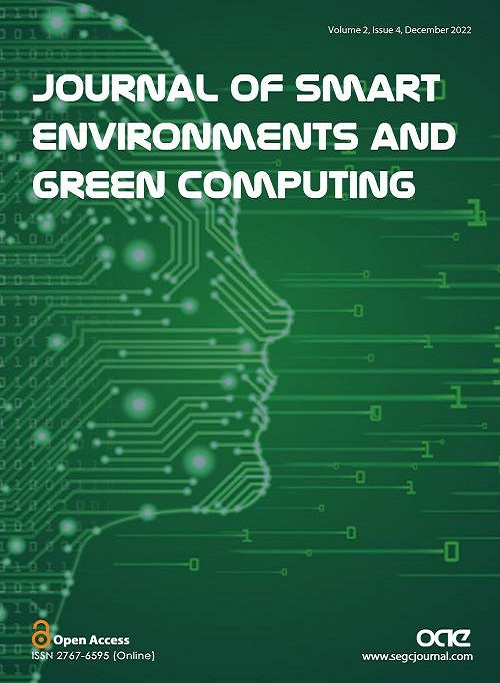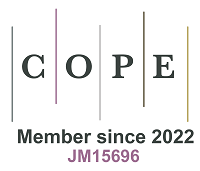Volume 2, Issue 4 (2022) – 2 articles
Cover Picture: Machine Learning has assumed a prominent position in the plethora of design and analysis of intelligent systems. Learning is the holy grail of Machine Learning, and with rapidly growing complexity and the size of the constructed networks (the trend which is profoundly visible in deep learning architectures), the overwhelming computing is staggering. The return on investment clearly diminishes: even a very limited improvement in performance (commonly expressed as a classification rate or prediction error) does call for intensive computing because of learning a large number of parameters. The recent developments in green Artificial Intelligence (or better to say, green Machine Learning) has identified and emphasized a genuine need for a holistic multicriteria assessment of the design practices of Machine Learning architectures by involving computing overhead, interpretability, robustness, and identifying sound trade-offs present in these problems. We discuss a realization of green Machine Learning and advocate how Granular Computing contributes to the augmentation of the existing technology. In particular, some paradigms that exhibit a sound potential to support the sustainability of Machine Learning such as federated learning and transfer learning, are identified, critically evaluated, and cast into some general perspective.
view this paper 






